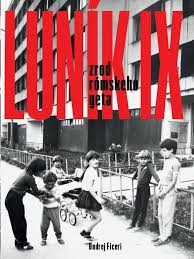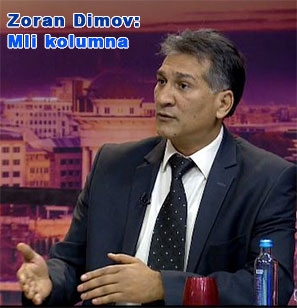The center for reporting and informing about anti-Roma sentiment
MIA published the second annual report on anti-Roma incidents in Germany. The number of incidents has almost doubled compared to the previous year.
On Monday, June 17, 2024, the annual report of the Anti-Roma MIA Reporting and Information Center on anti-Gypsy incidents in Germany from 2023 was presented at a federal press conference in Berlin. For 2023, the Ministry of the Interior recorded a total of 1,233 anti-Gypsy incidents. This is a significant increase compared to the previous year (621 incidents). Larger numbers are associated with a shift to the right
Three aspects of the incidents stand out: The first, alarming finding is the clear increase in extreme violence. Following an incident in 2022, MIA documents 10 cases of extreme violence in the current report. Romani Rose, president of the Central Council of German Sinti and Roma, commented: "Increased hatred and agitation in our country, but also in individual parliaments, often creates the ground for this. "Unfortunately, Democratic Party politicians and media reports that link the behavior of individuals to their background continue to provide the ammunition for these horrific incidents."
Second, MIA notes with concern that anti-Roma statements at gatherings, for example at football stadiums, and anti-Roma propaganda, especially from right-wing parties, poison the social climate and incite people to violence. Anti-Roma statements, which are recorded under "verbal stereotyping", are the most widespread type of incident in 2023, with 600 cases.
"These statements contribute to wide sections of society perceiving anti-Gypsyism as normal. The Ministry of the Interior leads a campaign against it and makes all forms of anti-Roma sentiment visible," explains dr. Guillermo Ruiz Torres, Executive Director of MIA.
The third finding is the result of the large number of incidents against Roma discrimination (502). State institutions were responsible for about a quarter of these cases. This shows that, as in the previous year, institutional anti-Roma sentiment is a glaring problem. Since police officers were involved in many cases of discrimination, MIA in its annual report for 2023 emphasized the topic of anti-Roma sentiment in the police.
The Ministry of the Interior demands that the Ministries of Internal Affairs and police authorities take profound measures at all levels to counter anti-Roma sentiment in the police.






